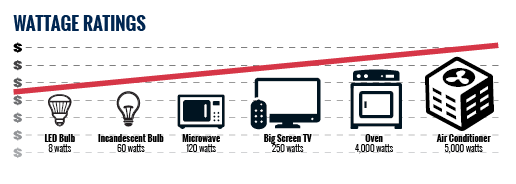Following the results of a year-long trial of a pilot demand rate, the United Power Board of Directors agreed to a phase-in plan of a residential demand rate to replace the current rate structure.
“Since we have detailed information about how members use power in their homes, the new demand rate will be a fairer way for us to bill members for their use,” stated Dean Hubbuck, Director of Power Supply and Rates. “The impact on the system from residential users is lower than commercial customers, and their rates will reflect the difference. We believe a modest demand charge with a reasonable energy rate is the best way to recover our costs.”
The dynamic pricing model will provide a more fair cost structure, and gives members an ability to control their costs by staggering the use of electric appliances.
Learning about how a demand rate works will take a lot of communication, so the five year period is being used to help our members and employees better understand the rate and how members can control their costs with some simple strategies.
All members will now be seeing a new line on their bill simply entitled “Demand Charge.” Initially, there will not be a dollar amount attached to this line item while we provide the information as education for members. By adding the new line it will allow members to see an actual number that corresponds to their use. In 2019 United Power will institute a demand charge and that will slowly increase, with a corresponding reduction in the energy charge.
United Power has been actively communicating how a demand charge works via the newsletter United Newsline and members can find more information about Residential Demand here on our website. This information is being presented ahead of the rate change so our members have the opportunity to gain an understanding of this new way of thinking about their electric consumption.
Many members will see very little change in their bills, but some members who use more energy all at once may be more heavily affected, and without the demand rate they have been driving up costs for other users. We will continue to communicate about these changes via the newsletter and our website.


